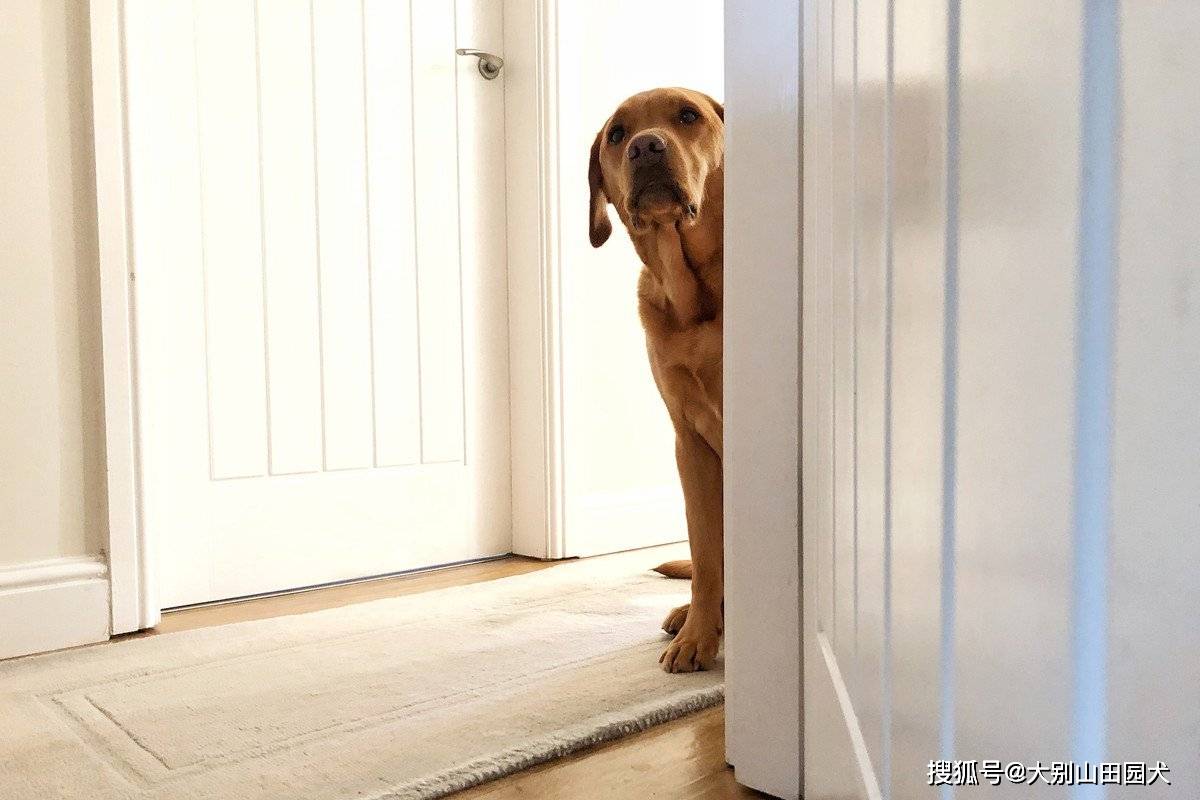Why Does My Dog Follow Me Everywhere? 8 Reasons for Your Furry Shadow
Ever trip over a furry body on your way to the kitchen? Or look up from the toilet to see two pleading eyes staring back at you? If you feel like you've permanently acquired a four-legged shadow, you're not alone. Many dog owners ask, "Why does my dog follow me everywhere?"
While it's often endearing, it can also be a little... much. Is this normal? A sign of deep affection? Or could it be something more, like anxiety?
Let's dive into the fascinating world of canine behavior to understand why your pup sticks to you like glue, and what it means for your relationship.

Reason 1: The Power of the Pack
Dogs are descendants of wolves, and wolves are pack animals. In a pack, sticking together means survival. You are the leader of your dog's pack (their favorite person!), so their instinct is to stay close to you for safety, guidance, and companionship. Following you is their natural way of maintaining that crucial pack bond.
Reason 2: You're the Source of All Good Things (Positive Reinforcement)
Think about it from your dog's perspective. You provide food, water, treats, walks, belly rubs, and fun toys. You are a walking, talking vending machine of everything they love. They follow you because they've learned that good things happen when they're near you. This is a classic example of positive reinforcement in action!

Reason 3: It's in Their DNA (Breed Traits)
Some dog breeds were specifically developed to work closely with humans.
- Herding Breeds: Border Collies and Australian Shepherds were bred to watch and follow a shepherd's every move.
- Companion Breeds: Chihuahuas, Pugs, and Cavalier King Charles Spaniels were bred specifically to be lap dogs and companions.
For these breeds, being a "velcro dog" isn't just a quirk; it's part of their job description.
Reason 4: Simple Curiosity and Fighting Boredom
Sometimes, the answer is simple: they're bored! You are the most interesting thing happening in their world. Following you from room to room provides mental stimulation. What are you doing in there? Is it food-related? Is it play-related? To a bored dog, even watching you do laundry is better than staring at a wall.
The Ultimate Question: Why Does My Dog Follow Me to the Bathroom?
This one deserves its own section because it baffles so many owners. The bathroom is a moment of vulnerability for animals in the wild. By following you in, your dog might be "standing guard" to protect you, their pack leader, when you're in a compromised position. Alternatively, they simply don't understand the concept of privacy and don't want to be separated from you, even for a minute.
When to Worry: Affection vs. Anxiety
For most dogs, following you is a harmless, loving behavior. But how can you tell if it's a sign of a deeper issue? The key is to observe their behavior when you are about to leave.
Signs of Healthy Affection:
- They follow you calmly.
- They might nap at your feet while you work.
- When you leave, they are relaxed or settle down after a minute.
Telltale Signs of Separation Anxiety
If your dog's following behavior is rooted in anxiety, it will often be accompanied by other stress signals. Watch for these dog separation anxiety signs:
- Distress when you prepare to leave: Pacing, panting, whining, or trembling as you pick up your keys or put on your shoes.
- Destructive behavior when left alone: Chewing furniture, scratching doors, or destroying household items.
- Potty accidents in the house: Only when you are gone, despite being fully house-trained.
- Excessive barking or howling: Your neighbors might be the first to report this.
If you see these signs, your dog isn't being "bad"—they are having a panic attack. It's best to consult with your vet or a professional dog trainer.
How to Encourage a Little Healthy Independence

Want to give your pup (and yourself) a bit more space? The goal isn't to stop them from loving you, but to teach them that being alone is safe and even rewarding.
- Create a "Happy Place": Designate a comfortable bed or crate for your dog with special, high-value toys that they only get when they are there. This makes their personal space more exciting than your shadow.
- Practice "Place" or "Stay": Use positive reinforcement for dogs to teach a solid "stay" command. Start with short distances and durations, gradually increasing them. Reward them for staying calm in their spot.
- Mental Stimulation is Key: A tired and mentally stimulated dog is a less clingy dog. Use puzzle toys, snuffle mats, and training sessions to work their brain.
- Don't Make a Fuss: When leaving or returning home, keep your greetings low-key. Over-the-top goodbyes and hellos can fuel their anxiety about your departures.
Conclusion: Embrace Your Furry Shadow
In most cases, having a dog that follows you everywhere is a huge compliment. It means they see you as their leader, their protector, and the center of their universe. It’s a sign of a powerful, healthy bond.
By understanding the "why" behind their behavior and watching for signs of anxiety, you can ensure your dog is not just your shadow, but a happy and well-adjusted companion.

